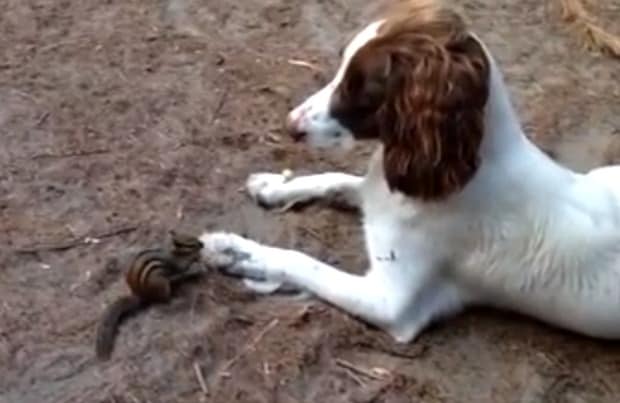Being a veterinarian at a 100 percent exotic pet practice has allowed me the opportunity to work with many unique animals. I am often asked what is the most unusual type of pet I have worked with, and without a doubt it would have to be a fragment of coral (they are animals after all!). When it comes to mammals, however, there are some unique species that we see for yearly health checks or medical problems. One of these is the prairie dog.
Prairie dogs are not dogs at all but are grouped into the same taxonomic family as squirrels and chipmunks. Currently, there are five separate species recognized: black-tailed, white-tailed, Utah, Gunnison’s and Mexican. The vast majority of pet prairie dogs are black-tailed.
Prairie dogs originate from the prairies of North America and make vocalizations that sound like a small dog’s bark when they feel threatened, hence their name. They are naturally very social animals, living in large colonies or “towns” with very close family units. This is why it is preferable for pet prairie dogs to be kept in groups of at least two to three animals.
In general, prairie dogs are a more challenging species of pet to care for. These animals have not been bred in captivity for very long and often retain the instincts of their wild ancestors. In some areas of North America, wild prairie dog populations are being threatened not only by agriculture and disease but also due to the capture of animals for the pet industry. In some states, owning a prairie dog is illegal.
Since they are exceptionally social, owners need to spend a lot of time with these special pets. Being raised around people and spending lots of time with people increases the chance that prairie dogs will imprint on humans and thus make better pets. But this is not always the case.
When it comes to nutrition, being able to provide a diet that is similar to what they would eat in the wild is best. Thus, unlimited grass hays like timothy should be offered daily. Unfortunately, many pet prairie dogs become obese due to the presence of inappropriate food items such as nuts, dog food and excessive amounts of high-sugar items like dried fruit. They often do not get enough exercise either, which worsens the problem. Providing a large running wheel and time out of the cage for exercise is very important.
With respect to medical problems, prairie dogs can develop many of the same problems seen in other exotic mammals, including intestinal parasites and heart disease. A very common condition in prairie dogs is dental disease. This species is very prone to the development of odontomas, a benign tooth root tumor. In prairie dogs, the tooth involved is typically an incisor. There may be a genetic component to the development of these tumors, but it has been suggested that repeated trauma to the incisor, such as frequent biting of cage bars, might also increase the chance of odontoma formation. Sometimes these tumors will invade the nasal passage, which leads to difficulty breathing.
Consult a veterinarian familiar with these unique pets for yearly health exams, dietary advice or to address medical problems.
Note: This article is meant for educational purposes only and in no way represents any particular individual or case. It is not for diagnostic purposes. If your pet is sick, please take him or her to a veterinarian.
Like this article?
Please share it, and check out:
Directory Of Veterinarians For Exotic Small Mammals
By: Leticia Materi, PhD, DVM
Featured Image: Lingbeek
Share:









